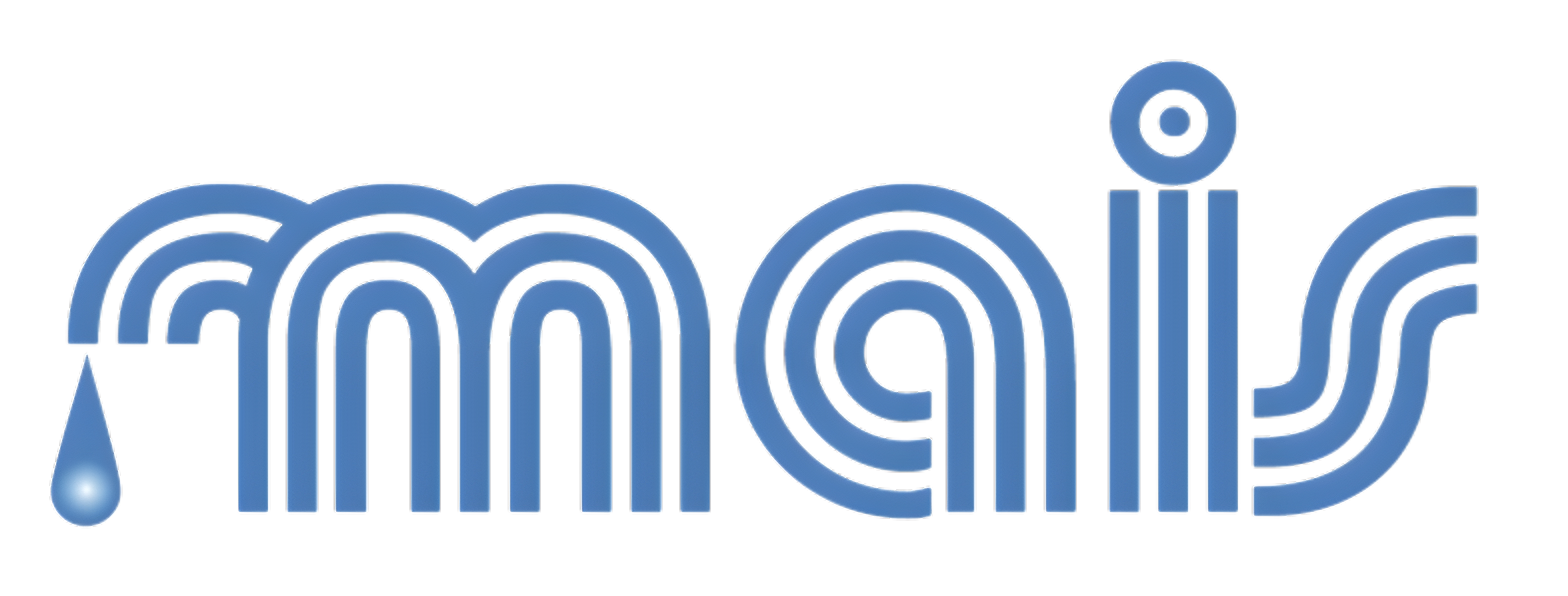Standard Operating Procedure (SOP) for Injection Molding Machine
1. Purpose:
This SOP outlines the procedures to be followed for operating the injection molding machine used for producing polyethylene fittings items, ensuring safety, efficiency, and quality control.
2. Scope:
This procedure applies to all machine operators, maintenance personnel, and quality control inspectors involved in the injection molding process for fittings production.
3. Responsibilities:
- Machine Operator: Ensures proper machine setup, operation, and quality checks.
- Production Supervisor: Monitors efficiency and quality compliance.
- Maintenance Team: Handles preventive maintenance and troubleshooting.
- Quality Control (QC) Inspector: Conducts inspections to ensure defect-free production.
4. Safety Precautions:
- Wear required Personal Protective Equipment (PPE), including gloves, goggles, ear protection, and safety shoes.
- Verify the functionality of emergency stop buttons before starting the machine.
- Never reach inside the machine while it is in operation.
- Adhere to Lockout/Tagout (LOTO) procedures during maintenance.
- Keep the work area clean and free of obstacles.
5. Machine Startup Procedure:
1. Ensure the power supply is turned on and the hydraulic system is properly pressurized.
2. Check that the mold is securely installed and aligned.
3. Confirm that raw material (granules) is loaded in the hopper.
4. Set machine parameters as per production requirements:
- Temperature settings (based on material type)
- Injection pressure
- Cooling time and cycle time
5. Perform a dry run to ensure smooth operation.
6. Start production with a trial run and inspect the first few pieces.
7. If quality is acceptable, proceed with full production.
6. Production Process:
1. Monitor the injection cycle to ensure consistency in mold filling.
2. Check for defects such as warping, air bubbles, short shots, or flashes.
3. Ensure the ejection process is smooth without damaging the fittings.
4. Regularly clean the mold to prevent material buildup.
5. Keep records of cycle times, production counts, and any anomalies.
7. Quality Control Checks:
- Perform dimensional checks using measuring tools.
- Conduct visual inspections for defects.
- Check material consistency and ensure no contamination.
- Conduct pressure and fitment tests if required.
- Log all QC data and report defects to the supervisor.
8. Machine Shutdown Procedure:
- Reduce the temperature gradually before turning off heaters.
- Clear any remaining raw material from the hopper.
- Perform basic cleaning of the mold and surroundings.
- Turn off the hydraulic system and power supply.
- Record machine status in the shift log.
9. Preventive Maintenance Guidelines:
- Clean the mold cavity and cooling channels regularly.
- Check hydraulic oil levels and replace as needed.
- Inspect and replace worn-out seals and nozzles.
- Ensure all moving parts are lubricated.
- Schedule weekly and yearly maintenance checks.
10. Troubleshooting Common Issues:
| Issue | Possible Cause | Solution |
| Short Shot | Insufficient material, low pressure | Increase pressure, check material feed |
| Flashing | Excess pressure, worn mold | Reduce pressure, inspect mold fit |
| Warping | Improper cooling, mold misalignment | Adjust cooling time, realign mold |
| Burn Marks | High temperature, slow cycle time | Lower temperature, optimize cycle time |
11. Documentation & Reporting:
- Maintain a daily production log.
- Record any machine issues and actions taken.
- Submit reports to the production supervisor at the end of each shift.
12. Compliance & Training:
- Operators must be trained before handling machines.
- Follow factory regulations and safety protocols.
- Regular refresher training should be conducted.
Approvals:
Approved By: [Factory Manager]] | Date: [DD/MM/YYYY]
Approved By: [Production Manager] | Date: [DD/MM/YYYY]
Prepared By: [Name/Title] | Date: [DD/MM/YYYY]

